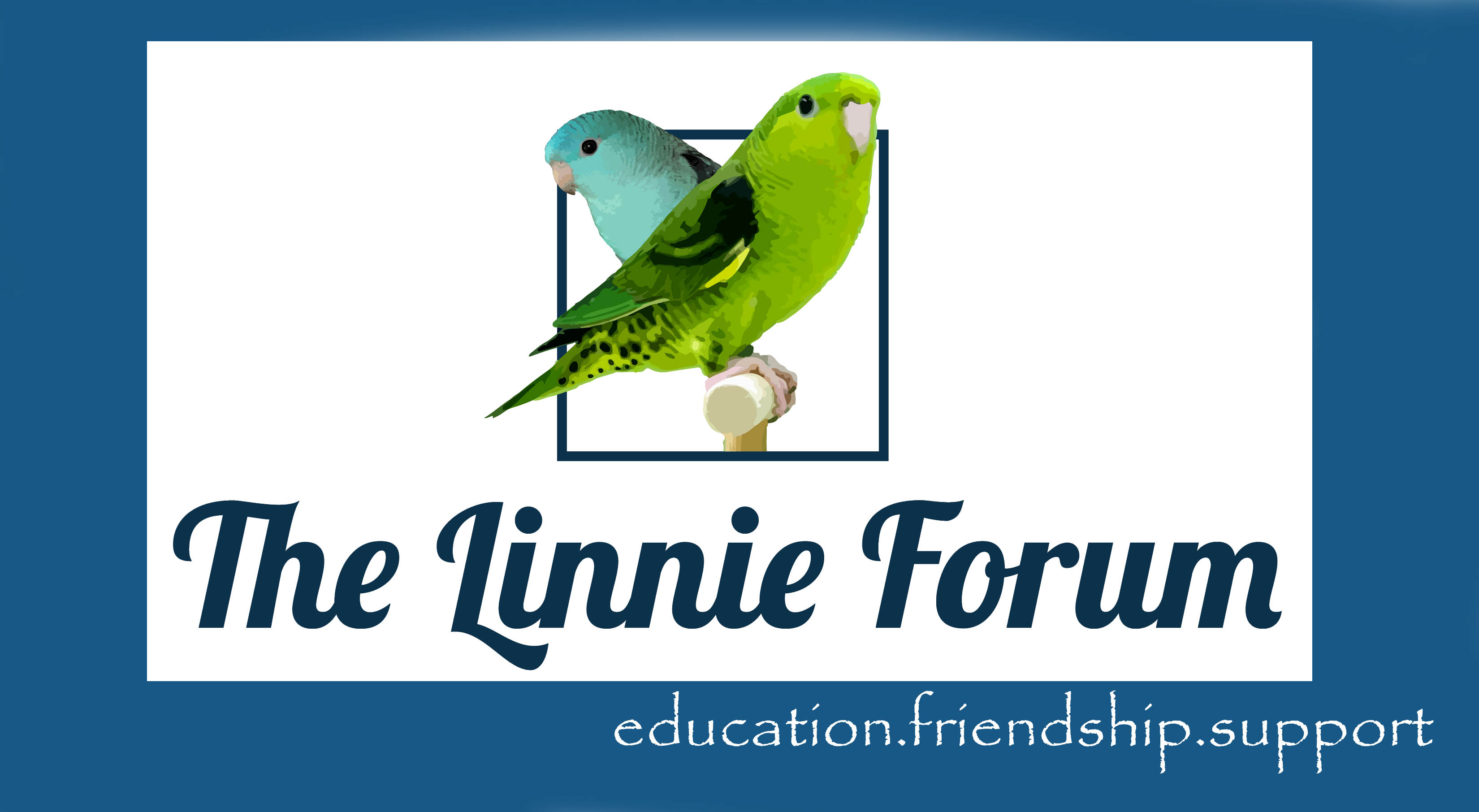I thought I should share a little more about Love Letters and Happy Trails for their introduction, so here goes!
Lottie was born on April 17 2020 and has a very bold personality - she has always held her own with my eight rambunctious budgies! She is also rather large in size (I think?) for a linnie - or maybe just for a creamino? She was 55g when I first took her home and she now weighs on average 57-58g. Her mom was mauve and dad olive split for parblue and ino, so she is masking two dark factors. I picked her up at only eight weeks old from breeders registered with the lineolated parakeet society in Southern Oregon. I had asked them for their most outgoing baby, regardless of color or gender, and I was not disappointed! It was a six hour drive home to Northern California where I live and she seemed more fascinated with the new scenery than she was nervous about anything.

Lottie became very attached to me very quickly, but she was lonely when I wasn’t around. Although she tried to befriend my budgies, they weren’t as interested in her. I wasn’t at all opposed to keeping another linnie, so I began looking for a friend for Lottie. I didn’t know how she might accept another hen by this time, and I knew I would someday want to let Lottie raise chicks if she had a male partner, so I had much more specific parameters this time. It was the end of the breeding season and I couldn’t find another breeder registered with the lineolated parakeet society that had any chicks available within driving distance, and it’s very rare to find one needing rehoming. I also wanted to make sure that my second linnie came from as far away as I was willing to drive to pick him up, and could only accept a green that was not olive, for a safe pairing. After only a month of searching I found Happy in Southern California, where my mom lives, so I was willing to make the 12 hour drive south to visit her and pick him up!
Happy was born on November 26 2020 and has a much more timid personality. He is a dark green split for parblue and ino and is visibly smaller than Lottie, weighing on average 50g. His mom was turquoise and his dad was lutino split for parblue. I picked Happy up at ten weeks old from more of a “backyard breeder”, and although he was supposedly hand tame for the breeder he was either not as well socialized as Lottie or just has an innately more cautious personality. Happy was definitely nervous on the drive home and for the first month was afraid of my hands, but he would sit on my shoulder just fine! Lottie helped to show him that hands aren’t so scary though, and he came around very quickly by offering him lots of treats!
Whew, so that is Love Letters and Happy Trails’ origin story, and now they are already becoming parents themselves! Happy is a little young admittedly… but Lottie is nearly a year and a half so I thought it would be okay to allow it. Preventive measures failed and Lottie laid an egg on the grate of her cage, so I attached a nestbox and put her egg in there instead. She went right in and was perfectly comfortable! I really would love to see how she builds a nest the next time though.
Thanks for reading all that if you did! I am obsessed with these little parrots.


